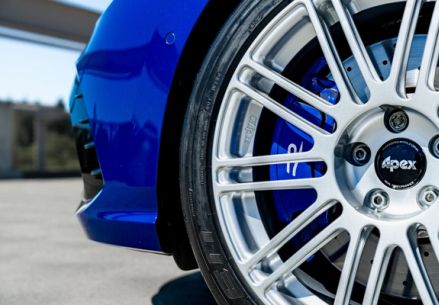
Industry Myth: It’s easy to verify the claims and test results of wheel manufacturers
Article | 03/19/2024 by Ryan March
Updated on 08/06/2024
Wheel companies often ask you to trust their test results, safety claims, and other various performance claims. How do you verify what they have to say? The reality is there is no good way to validate their claims. Since the industry is so unregulated, a company can pretty easily give off the impression of being credible by claiming to be tested and certified, and you can’t really know if it’s true or not.
Companies often say they meet or exceed testing standards but they almost never share certificate registration numbers or reports. When they do share the reports they can easily just be internal test results conducted within their own facility or from their supplier, and not a test conducted by an independent third party. The accuracy and consistency of the test has to be called into question if it’s only an internal test because there are huge incentives to cut corners. We’ve seen tests that are run by competitors where the test itself is already flawed to begin with and does not meet testing requirements, such as using way lower testing loads. It’s a pretty report but it’s a false start.
To make matters worse, even the companies that jump through all the hoops to do testing properly, can’t easily share all of their results. A surprising number of the testing laboratories and testing organizations forbid companies from sharing the results or even naming the organization that did the testing. It’s clear these labs want to avoid liability, but it’s stripped away a major incentive for proper testing and safety. Because the good guys can’t easily share data, the bad actors can thrive in that lack of transparency. And they are thriving!
There are no public databases you can go to where you can conduct a search to check and see who’s tested or not. The VIA maintains a database of currently active registrations, but this database is only accessible to companies who have had their wheels tested by the VIA, and it requires a username and password to access. We monitor that often to keep an eye on the claims of our competitors, and it can be depressing to see so few names show up. The VIA should make that data public to cut down on the number of businesses that falsely claim to be tested. But they don’t since that’s out of the scope of their mission.
Until the industry takes action to become more transparent, it will remain very difficult for buyers to tell the well tested brands and the corner cutting brands apart.
 Ryan March
Ryan MarchIf you like cheap gear you will hate this newsletter.





